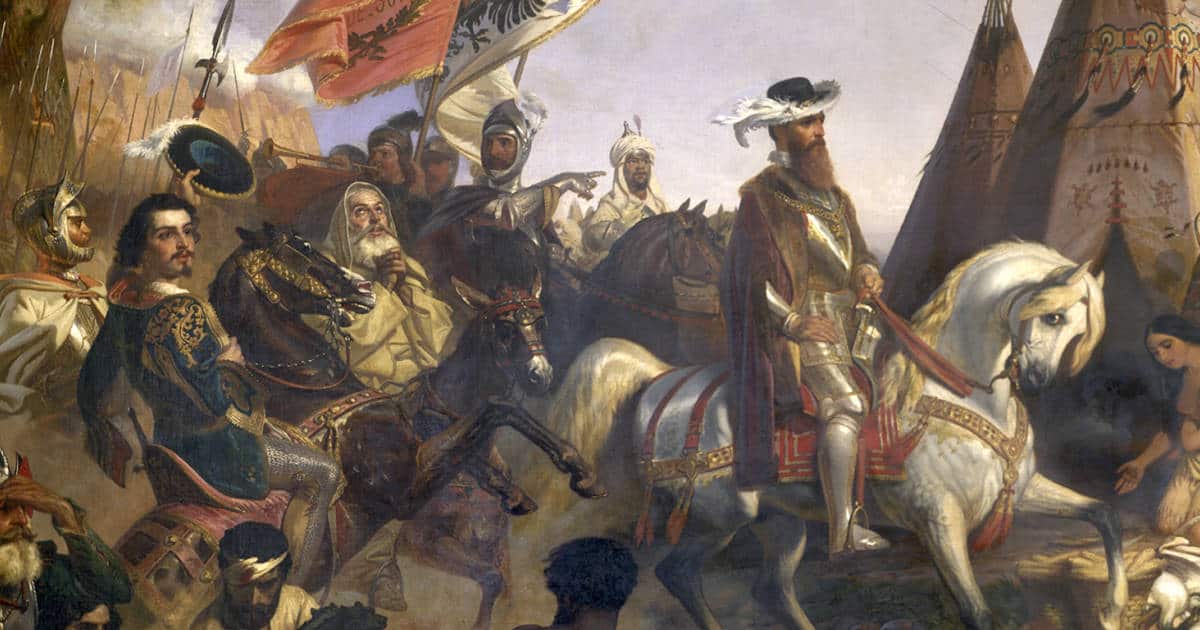Although most of us are aware of the ancient civilizations of the Americas, due to their distant past and limited survival in both a cultural or archaeological sense our popular understanding of these peoples remains distinctly limited. We know of the defeat of the Aztecs at the hands of Cortes, we know of the American Indian Wars during the 19th century, and we know the story of the first Thanksgiving and of Pocahontas (even if our understanding of the truth behind the latter, in particular, is severely warped by decades of incorrect cinematic portrayals). However, beyond these limited snippets of history, our comprehension of these ancient civilizations is frequently decidedly limited in both breadth and depth.

Here are 16 incredible lesser known facts you probably didn’t know about the ancient Americas:

16. Three of the world’s five oldest rivers flow through the modern-day United States: The New, Susquehanna, and French Broad Rivers
Of the five oldest rivers in the world still in existence, three of said rivers flow through the modern-day United States of America: The New River, The Susquehanna River, and The French Broad River; each of these rivers are believed to have been formed by the Alleghenian orogeny: a geological event occurring approximately 325 million to 260 million years ago, the Alleghenian orogeny was responsible for the creations of the Appalachian Mountains and Allegheny Mountains.
The New River is part of the Ohio River watershed, beginning in the mountains of the U.S. state of North Carolina before subsequently flowing northeastward across the Blue Ridge Mountains into Virginia; finally entering West Virginia, the New combines with the Gauley River to form the Kanawha River before connecting with the Ohio River at Point Pleasant. Measuring approximately 580 kilometers long, it is unknown, considering its immense age, why the river is known as “New”, but it has been speculated that it owes its incongruous name to either a surname of an early settler or its omission from the Fry-Jefferson map of Virginia and was hence named much later.
The Susquehanna River is the longest river on the East Coast of the modern-day United States that drains into the Atlantic Ocean, measuring 747 kilometers in length and is the 16-largest river in the U.S. Consisting of two primary branches – the North and West – the former, and greater, emerges in New York state whilst the latter in western Pennsylvania before connecting near Northumberland in central Pennsylvania. Responsible for draining over 70,000 square kilometers, including almost half the land area of Pennsylvania itself, the river terminates at the Chesapeake Bay to provide nearly half of the region’s freshwater inflow.
The French Broad River is the shortest of these three ancient rivers, measuring a comparatively meager 351 kilometers in length, and flows from the U.S. state of North Carolina into Tennessee, whereupon it merges with the Holston River near Knoxville to form the Tennessee River. Despite this relative shortness, the French Broad River is perhaps the oldest of the ancient trio, with its description as “a meandering river, which typically form in relatively flat landscapes” heavily suggesting that it originated prior to the geological formation of the Appalachian Mountains and was subsequently lifted up by the rising rock edifice.

